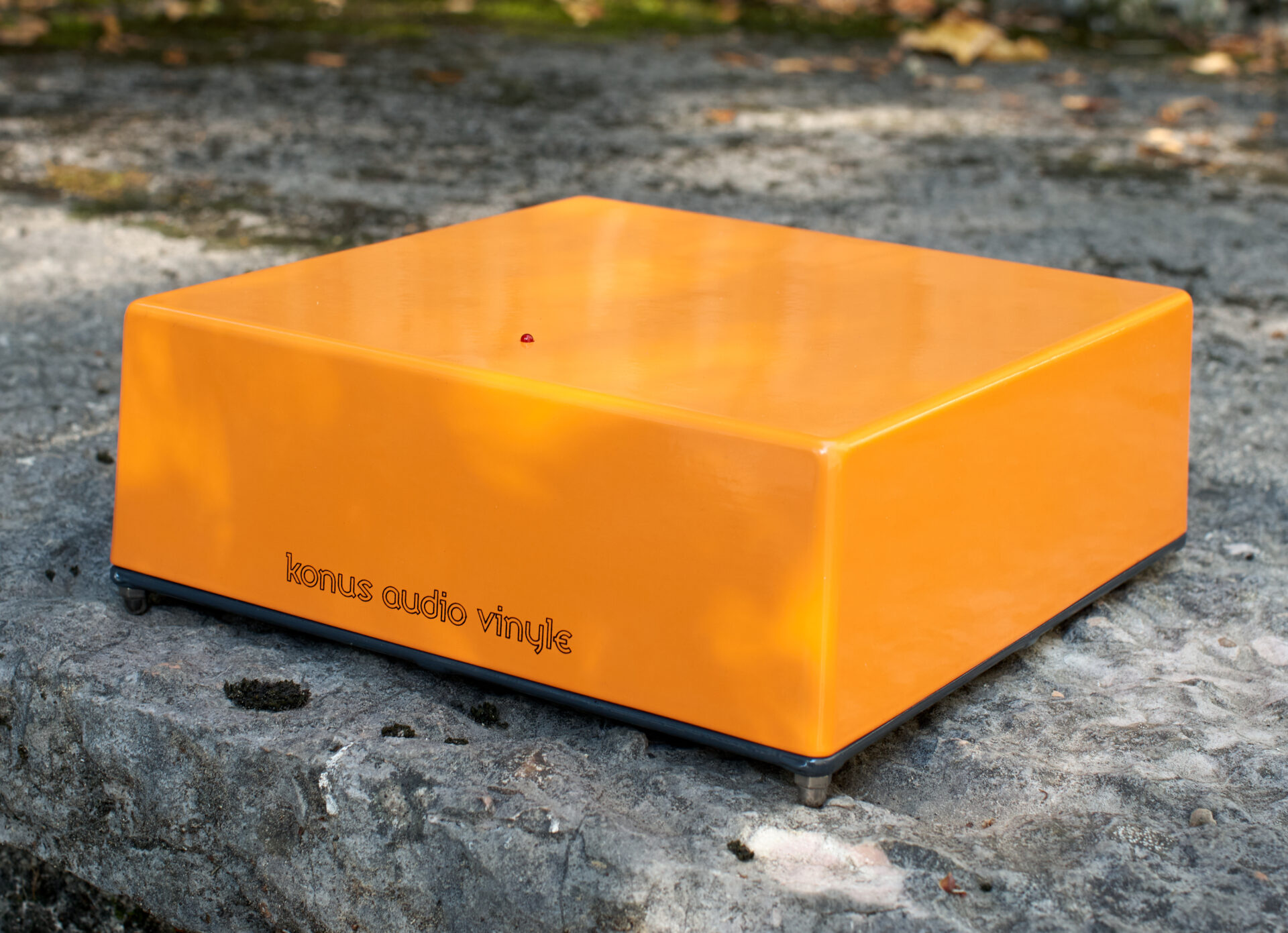A recent vinyl acquisition underlines the importance of this point perfectly. The record in question, a nice, early pressing of Josef Suk playing the Beethoven Violin Concerto, accompanied by Sir Adrian Boult and the New Philharmonia (EMI ASD 2667), was recorded in 1970 and enjoys no great reputation: In fact, no real reputation at all. But, as a fan of Boult, Beethoven and the violin, I wasn’t going to leave it languishing in the bargain bucket. Play it on a conventional, voltage-sensing phono-stage and its indifferent reception makes a whole lot of sense. Thin, small, overly polite and lacking drama, there’s little to recommend it, especially given the plethora of superb alternatives available. But play it through the Vinyle 3000-MC and you see quite a different side to the performance. Suk might not possess the biggest instrumental ‘voice’, but his delicate, extended and perfectly proportioned lines are things of elegant beauty. Boult matches the fragile flow of the solo part with a restrained, measured orchestral accompaniment that is as poised as it is perfectly weighted and proportioned. Yet at the same time, the performance is anything but reticent or muted, the deft restraint in the quieter passages simply generating headroom for the more dramatic dynamic swings, while Suk’s playing in the Příhoda cadenza is a model of illuminating grace and poise, eschewing the often clumsy fireworks so popular these days. It’s rare that a recording can show you a whole new perspective on such a familiar work, but that’s exactly what this one has done – with more than a little help from the Vinyle 3000-MC.
 What this highlights is two closely related aspects of musical performance – control of the temporal domain and amplitude. The seemingly unconstrained expressive range of the 3000-MC is a function of its fluid temporal security and its lack of dynamic compression. In other words, things happen when they should, the musical energy is in the right place too and when it needs to jump, it can jump as high as required. This lack of constraint is what allows you to hear just how Suk is placing his notes and elongating his phrases, how he’s shaping those phrases through bow pressure and how they flow, one into another. But more importantly, this lack of constraint, this musical articulation, extends in both directions, fast and slow. Despite the enthusiastic dynamic response and absence of temporal inhibition, the 3000-MC never seems to push the pace or pressure the performance. When it needs to slow – or even stop for a moment – it does, allowing rhythmic hesitations and pauses to take on their full expressive impact, silence just as powerful and meaningful as a full orchestral tutti.
What this highlights is two closely related aspects of musical performance – control of the temporal domain and amplitude. The seemingly unconstrained expressive range of the 3000-MC is a function of its fluid temporal security and its lack of dynamic compression. In other words, things happen when they should, the musical energy is in the right place too and when it needs to jump, it can jump as high as required. This lack of constraint is what allows you to hear just how Suk is placing his notes and elongating his phrases, how he’s shaping those phrases through bow pressure and how they flow, one into another. But more importantly, this lack of constraint, this musical articulation, extends in both directions, fast and slow. Despite the enthusiastic dynamic response and absence of temporal inhibition, the 3000-MC never seems to push the pace or pressure the performance. When it needs to slow – or even stop for a moment – it does, allowing rhythmic hesitations and pauses to take on their full expressive impact, silence just as powerful and meaningful as a full orchestral tutti.
The effortless sense of shape and spacing possessed by the Vinyle 3000-MC really comes into its own on vocals. We are naturally sensitive to the nuances of diction and verbal expression – the way a person shapes words, the emphasis or weight that comes with a pause or inflection. That applies to singers too. But it’s not only what’s there that we notice and register, it’s what’s not there that matters too. Systems and products that smooth the transitions and bridge the gaps between notes might sound initially inviting but you soon realise just how savagely they are compressing the expressive range and emotional impact in a vocal. Listening to singers through the 3000-MC, the voices and presentation are uncannily natural – so natural that it passes almost unnoticed until you stop and ask the question…

